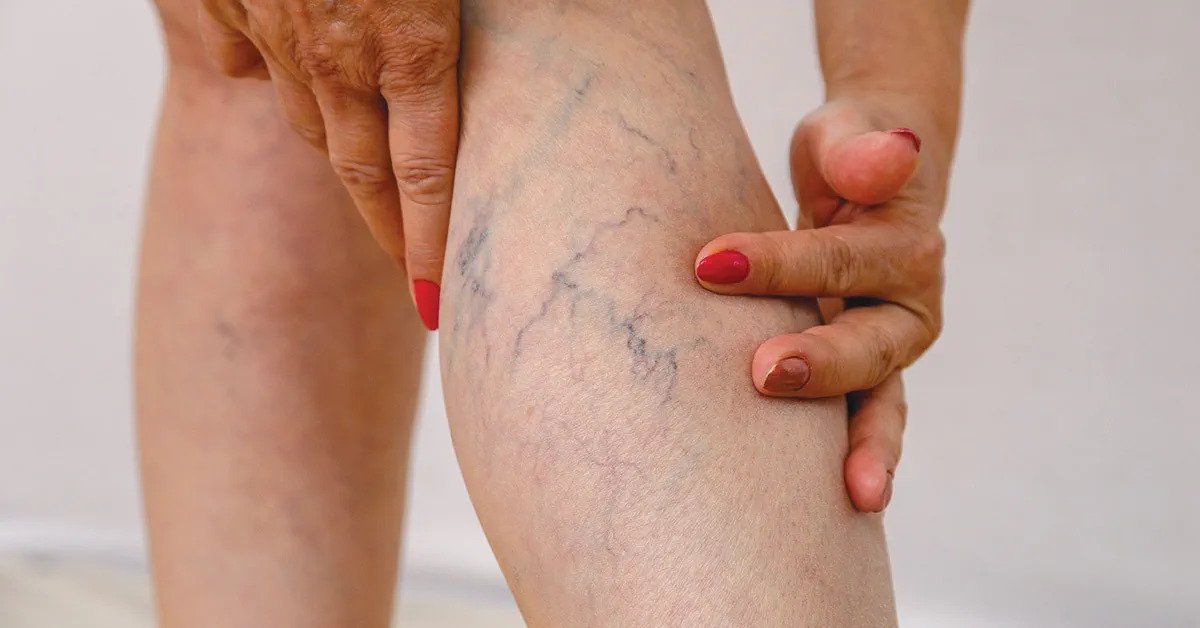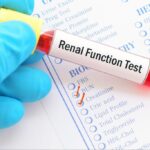Venous ablation is a procedure that closes off the varicose veins. Varicose veins are twisted, abnormally enlarged veins near the surface of the skin. The blood flows from the heart to the legs through arteries and travels back to the heart through veins. Veins have one-way valves that allow the blood to return from the legs to the heart. If the valves are damaged, the blood pools in the veins, and they become enlarged or varicose.
What are Varicose Veins?
Veins that are twisted and swollen are known as varicose veins. Varicose veins can develop near the skin’s surface (superficial veins). The veins in the legs are most usually affected by varicose veins. Because standing and walking raise the pressure in the lower body’s veins, this is the case. They may also make people feel uncomfortable or humiliated since they are so obvious. Increased blood pressure in the veins causes varicose veins. Varicose veins develop in the veins near the skin’s surface (superficial).
Procedure Description
The leg which is to be treated will be cleaned, sterilized, and covered with a surgical drape. Your physician will numb the area from where the catheter will enter the abnormal vein. They use an ultrasound transducer to find the location of the veins. A very small skin incision is made on the area, with the help of ultrasound, a catheter or vascular access sheath is inserted through the skin and positioned within the abnormal vein. The catheter will be removed after closing the bad veins. No object is left inside the body. A small bandage is used to cover the skin incision and the leg is wrapped with a compression wrap. No sutures are needed. Your physician may ask you to take a few days off depending on your daily activity level.




